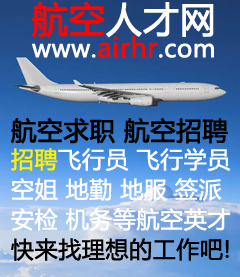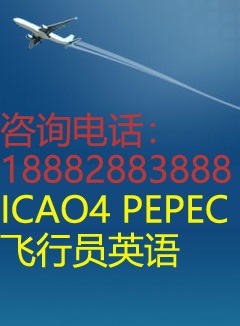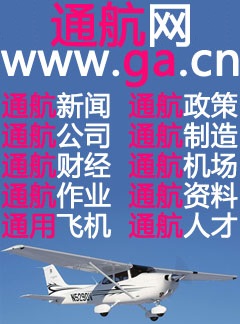To view this page ensure that Adobe Flash Player version
9.0.124 or greater is installed.
曝光台 注意防骗 网曝天猫店富美金盛家居专营店坑蒙拐骗欺诈消费者
19 Traffic Safety Basic Facts 2004: Motorways, SWOV Institute for Road Safety Research, http://europa.eu.int/comm/transport/care/studies/doc/safetynet/ SN-SWOV-1-3-BFS-Motorways_022005.pdf
20 Sources: Business Aviation Safety Brief, IBAC, March 2004; Statistical Summary of Commercial Jet Airplane Accidents, Worldwide
Six jet aircraft types each have more than 4% of business flights. The business turboprop market is more concentrated; the BE20 (e.g. Beechcraft King Air B200) flies almost 10% of all the business flights in Europe put together. Just two piston types are in the top 25, with around 2% of business flights each in 2005.
Share of Business Aviation Movements
Figure 35. There are six business jet types with more than 4% of the business market (2005 data).
A handful of turboprop types (BE20, BE9L and C208) fly most of the turboprop flights and similarly two piston aircraft types (BE58, PA31) dominate the piston category. Of these five, the fastest growing are the Beech King Air (BE9L) at 8.7% more departures in 2005 than 2004 and the Cessna Caravan (C208) with 2.9% growth, but these two models still have a long way to go to challenge the BE20 (e.g. Beech Super King Air) which has 40% of the turboprop departures.
The business jet market is less concentrated and changing more rapid-ly: even the busiest two jet types C550 (e.g. Cessna 550) and H25B (e.g. Raytheon Hawker 800) flew 11 or 12% more departures in 2005 than in 2004. Fastest growing out of the top 25 is the C25A (Citation CJ2) with 50% more departures in 2005.
42
In terms of the number of flights per day, business aviation lacks the same predictability that comes with scheduled airline services, but based on these statistics and discussions with operators it is possible to estimate some typical usage rates. Hours flown per aircraft vary by the type of operator, with individuals usually not flying over 250 hours a year. Charter operators represent the other extreme, with aircraft reg-istering up to 1,200 hours a year (see Figure 39). In contrast, an airline will fly a long-range aircraft upwards of 5,000 hours per year, although overall commercial aircraft use averages around 2,000 hours per year.
中国公务机网 www.gongwuji.com
公务机翻译 www.aviation.cn
本文链接地址:Getting to the Point Business Aviation in Europe(34)
| 



